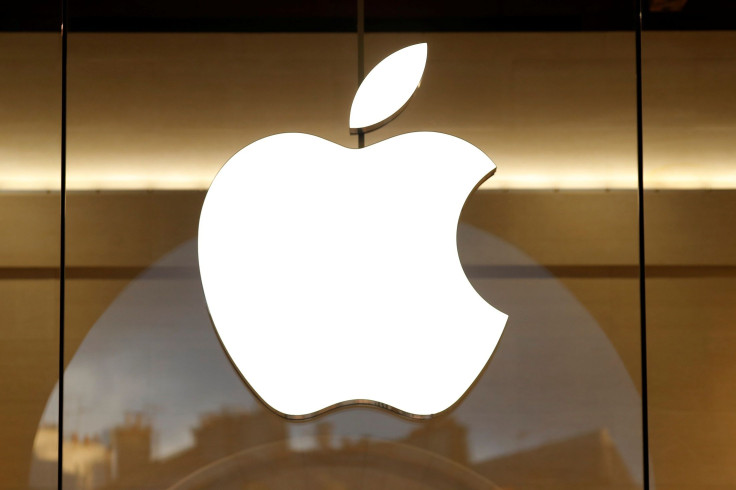Apple iPhone 8 could start production in November; September launch highly unlikely

The Apple iPhone 8 is reportedly going to be awfully limited in supply to end the year. The Cupertino, California company is expected to boost its upcoming handset with new enhancements, ones that could ultimately affect the phone’s production.
The iPhone 8 likely going to be packed with new innovations never before seen in previous models, and one of the most anticipated features of Apple’s tenth anniversary handset is an edge-to-edge OLED display. But an analyst warns that such technology could severely hinder the upcoming smartphone’s supply.
KGI Securities’ Ming-Chi Kuo suggested in his recent note that the iPhone 8 production could start as late as October. A November start date is even possible, which is certainly not good news to Apple fans that expect a new iPhone to launch around August or September.
Apple Insider, citing Kuo’s note, reported that the analyst warned investors about the likely delays that Apple’s iPhone 8 production problems could do. “Severe supply shortages” may continue for some time and could cap overall shipments of units of the tenth anniversary iPhone in the latter part of 2017.
Previous reports indicate that Apple is also releasing the iPhone 7s and iPhone 7s Plus together with the iPhone 8. The 7s and the 7s Plus are reportedly going to retain the iPhone 7 and the 7 Plus’ LCD display panels and also their respective 4.7-inch and 5.5-inch screen sizes. The iPhone 8 is expected to sport an edge-to-edge OLED display, which is said to be the device’s main selling point, just like any other up-and-coming premium smartphone.
The LCD-furnishing handsets are expected to be devalued by high-end users once the edge-to-edge designs take over the market, and this should only boost iPhone 8 demands. Kuo estimated that the new iPhone’s shipments could stretch upwards of 110 million – 80 million or 90 million at the worst – in the latter part of this year. The analyst, though, declared that the worst case scenario is more likely to happen.
RELATED STORIES:
Apple creates own sweat to ensure Apple Watch safety
Apple iMac 2017 basic model launches Q3; Server-grade pro variant at year-end



















